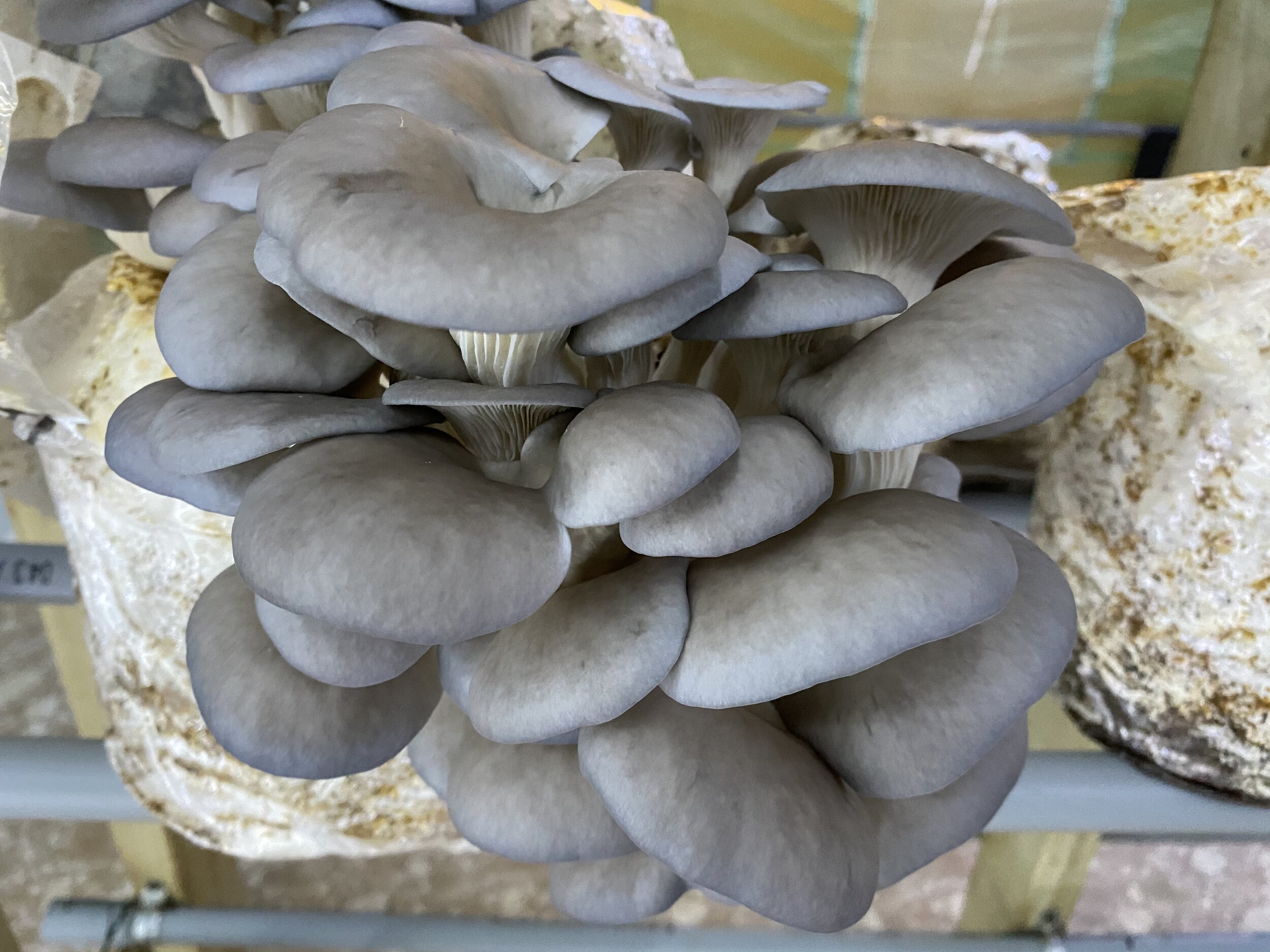Oyster mushrooms are best suited for cooked applications such as frying, stir-fry, and braising, as up to ten percent of the population could have a slight allergic reaction to eating the fungus raw. They can be cooked and added to soups, chowders, sauces, egg dishes, tarts, pasta, lasagna, and pizza. They can also be fried for tempura, fried into vegan calamari, used as a substitute in mock-oyster Rockefeller, or stuffed into dumplings. Oyster mushrooms cook relatively quickly and are typically added at the end of the cooking process. They are popularly used in many Asian dishes in Japanese, Korean, and Chinese cuisine. They can also be dried for extended use and do not have to be rehydrated before using. Oyster mushrooms pair well with onions, shallots, green onions, garlic, ginger, potatoes, thyme, parsley, peas, green beans, eggplant, sherry, soy sauce, tofu, scallops, poultry, lemon, and spaghetti. They are extremely perishable and are recommended to be used immediately for optimum flavor and quality. They can also be stored in a paper bag in the refrigerator for a very short time.

